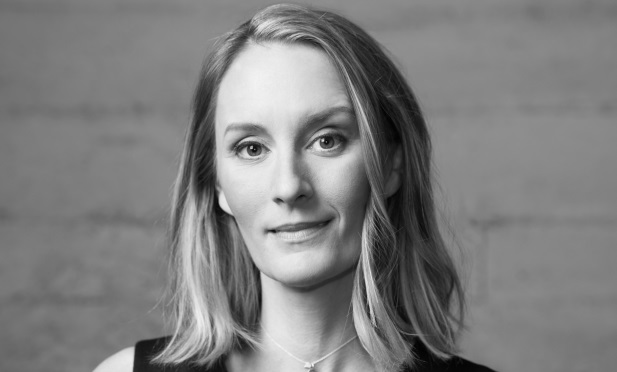
OAKLAND, CA—FORGE recently completed TEECOM's research lab that utilizes an AI-powered intelligent infrastructure with cohesive elements incorporated to control, manage and interact with the space itself. In the second of a two-part exclusive, Amie Zemlicka, designer and project manager from FORGE, discusses how the design process was collaborative from the start, with a vision set by TEECOM and delivered by FORGE.
GlobeSt.com: How do you design for technology you can't predict?
Zemlicka: Flexibility. We try to make the space as adaptable as possible; the more built-in features that revolve around current technology, the faster the space will be antiquated. Think phone booths and built-in display monitors for TVs that are 10 years old.
GlobeSt.com: Were there challenges that arose throughout the process that impacted the design?
Zemlicka: Not really because TEECOM had such a clear vision of the space. It was always part of the design plans from the start.
GlobeSt.com: How did you collaborate with the TEECOM team and subs?
Zemlicka: The lab was designed to be feature of the office, rather than a tucked away, leftover space that couldn't be used for anything. And TEECOM was clear about wanting to incorporate a workshop feel to the space. To achieve this goal, we added the overhead glass garage door, which also helps create a connection to the main workspace.
GlobeSt.com: What did you learn from this process?
Zemlicka: A lot of times, your first idea is the right idea. Basically, nothing changed from the beginning of design to the end of construction. Too often, people lose site of the original idea during the design process and the finished product turns out much different.
GlobeSt.com: What's next in workplace design–in both applying and accommodating IOT technology?
Zemlicka: Good question. The rate of change for workplace technology design requires flexible, adaptable spaces. If we create workspaces that are rigid and only work for the here and now, we will see a lot of offices quickly becoming dinosaurs. FORGE recognizes that the technology is really important for a functional space, but we can't predict what that will be in five years so hopefully the design of the space can accommodate it.
© Touchpoint Markets, All Rights Reserved. Request academic re-use from www.copyright.com. All other uses, submit a request to [email protected]. For more inforrmation visit Asset & Logo Licensing.







